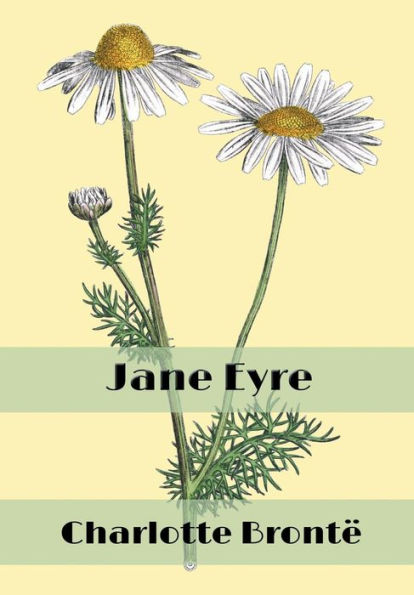Half-Blown Rose is a story drenched in travel, art, music, and romance. It was sparked by a trip to Paris I’d taken with my family in Summer 2019. I wrote most of Half-Blown Rose in 2020 at my kitchen table. It was a lovely escape to create these characters in this immersive story where people […]
“But at the end of the day, so many people have lost a loved one. This story is about mothers and daughters. It’s about parents and children. It’s about a different culture and relating to it. It’s about food. It’s about grief. It’s about loss. It’s about family.” Two-time GRAMMY nominee Michelle Zauner (Japanese Breakfast) […]
Picture this: you’re driving in the middle of nowhere late at night. You look to your left, and there, off in the distance atop a tree-lined hill, looms an old, well-worn Victorian house. What kind of horrors might linger behind those heavy doors? Are there long-forgotten secrets hidden deep in the basement, or ominous spirits roaming […]
An exceptional new novel responds to Emily Brontë’s “Wuthering Heights,” by imagining the rocky childhood of its Romantic antihero, Heathcliff. Review by Heller McAlpin.
The authors of “Lovecraft Country” and “The Ballad of Black Tom” grapple with the imaginative legacy — and racism — of H.P. Lovecraft.


